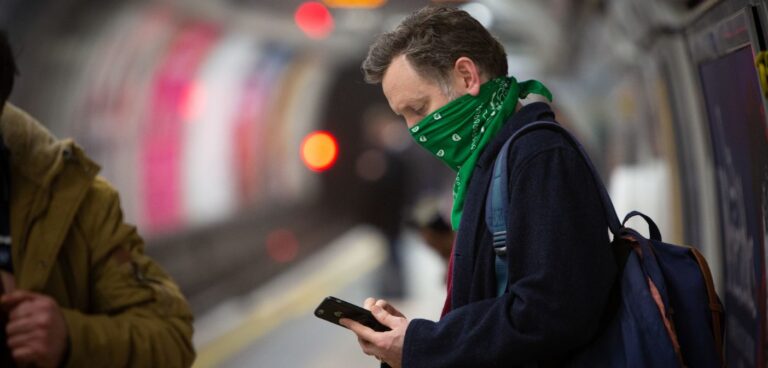British telecoms and internet service providers Three and EE have agreed to join the BAI Communications (BAI) network to provide 4G and 5G-ready mobile connectivity across the London Underground.
The deal between the two networks and BAI, which was awarded a 20-year concession with Transport for London (TfL) to deliver mobile connectivity on the Underground, will give Three and EE customers access to uninterrupted coverage to previously unreachable parts of the city’s transport system, including whilst on the Tube – even in tunnels – and within stations.
All mobile operators will be able to access the London Underground WiFi, as well as BAI’s neutral host mobile network, which can also be made available to the Emergency Services Network. The infrastructure will also be 5G-ready, allowing seamless upgrades in the future, said TfL.
Shashi Verma, chief technology officer at TfL, said: “It is great that these first two mobile operators have now signed up to provide high-speed, uninterrupted 4G coverage across the London Underground network.
“Providing mobile connectivity to customers within the tunnels and on platforms across London will help them stay connected more easily and will both provide a long-term revenue stream for TfL and support economic growth across the city.”
Since BAI was awarded the concession in June 2021, work at some of London’s busiest stations, including Oxford Circus, Tottenham Court Road, Bank, Euston and Camden Town, is underway to prepare them to be some of the first to be connected by the end of 2022.
All stations and tunnels across the Tube network are due to have high-quality and uninterrupted mobile coverage by the end of 2024.
BAI said it anticipates investing more than £1bn across the Connected London programme, which will see a backbone of mobile and digital connectivity established across the UK capital.
A full-fibre network will also be delivered that will connect to buildings and street assets, such as traffic lights and lampposts that house small mobile transmitter cells to leverage the power of 5G and the Internet of Things.
According to BAI, these can then be used by boroughs, academics and developers to deliver improvements in everything from air quality and traffic congestion to public safety and city planning.





